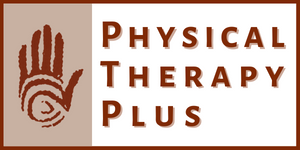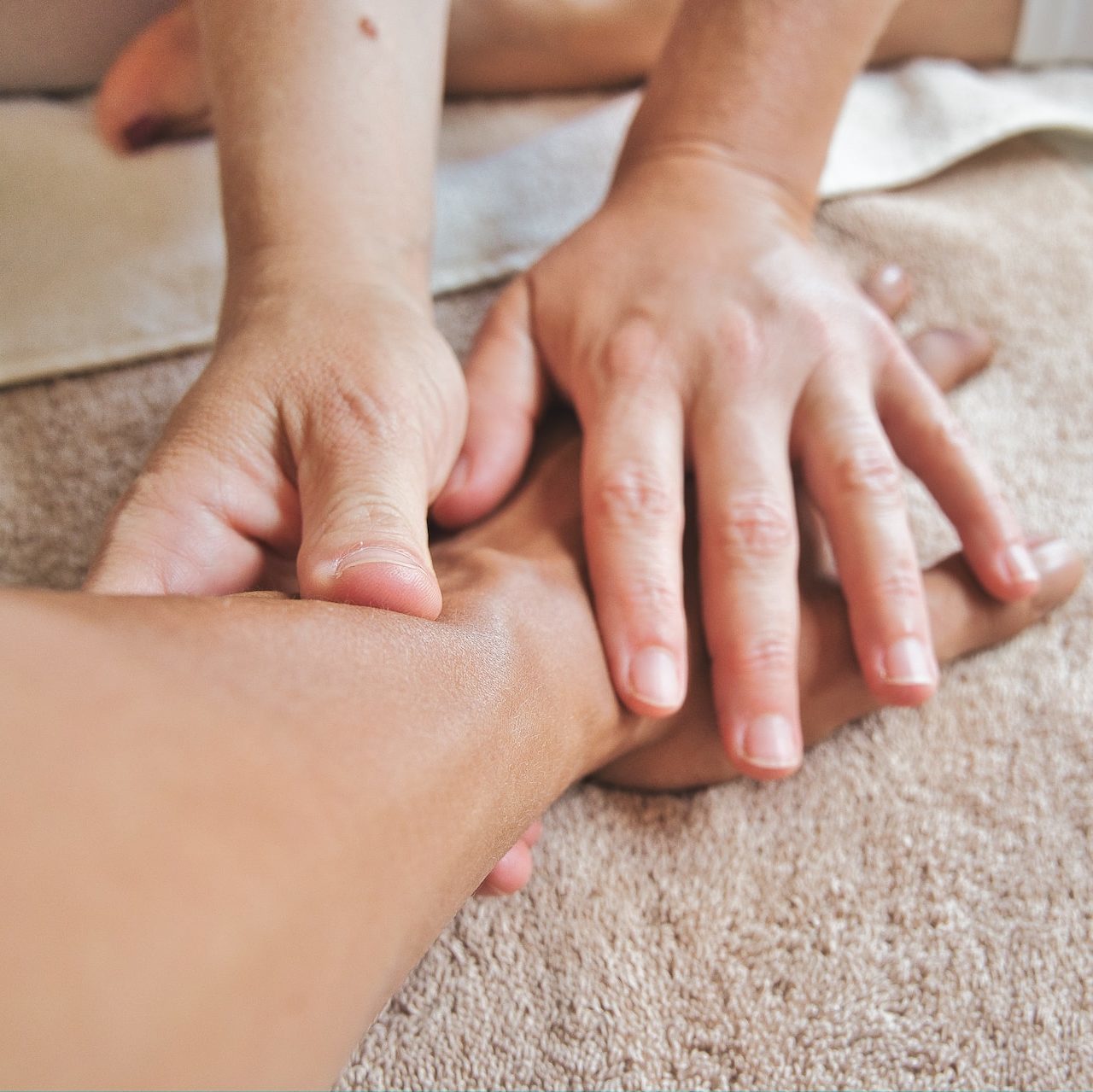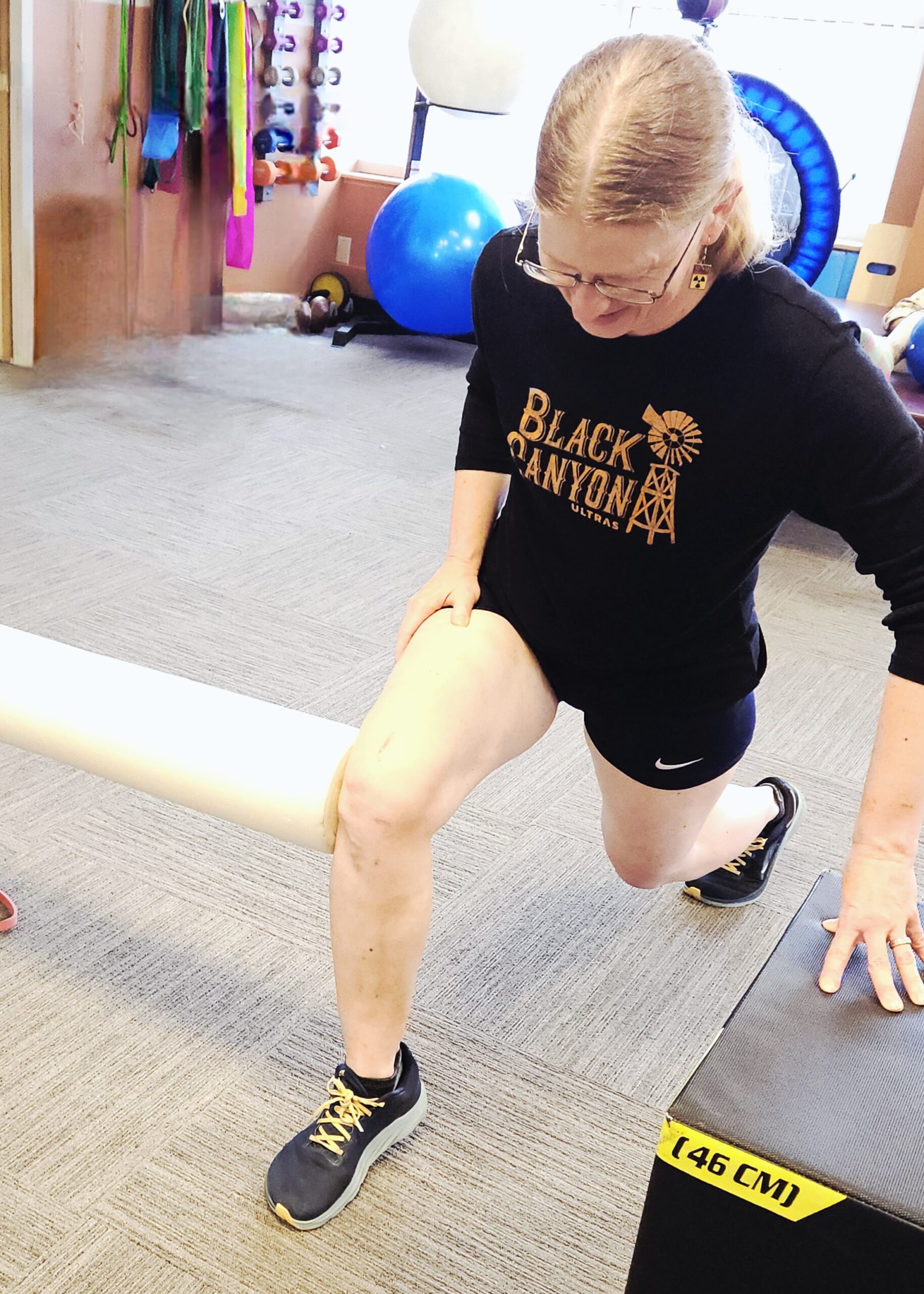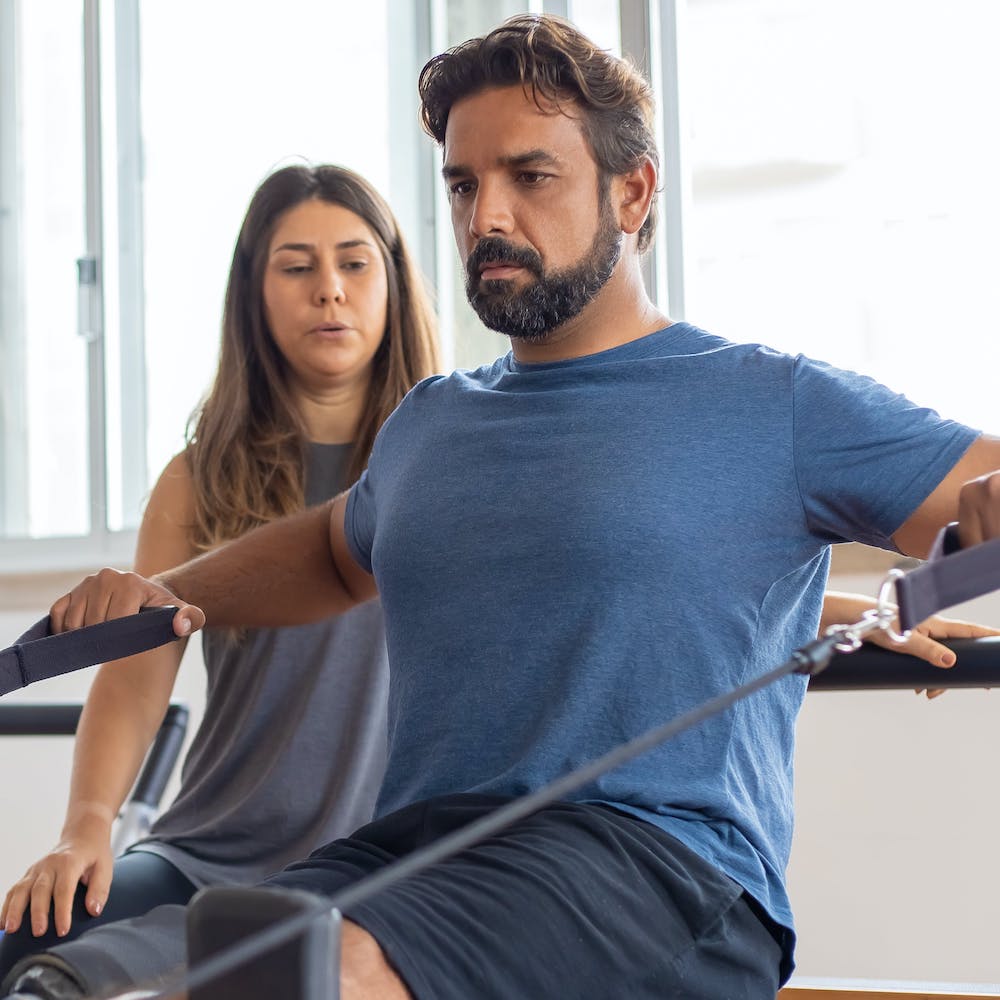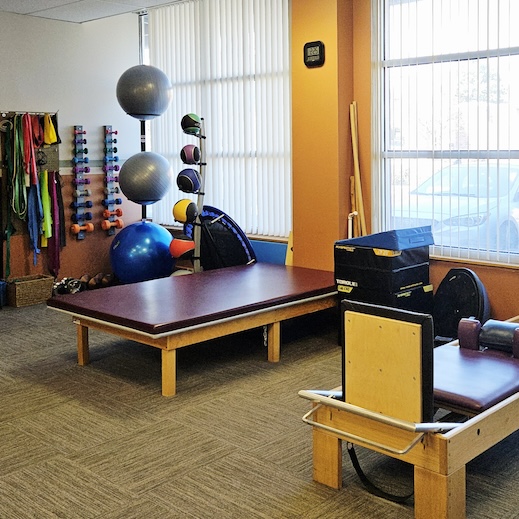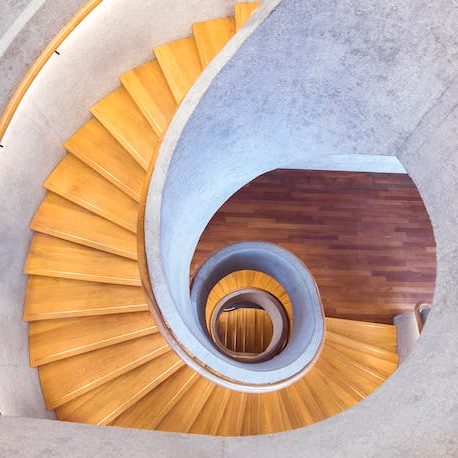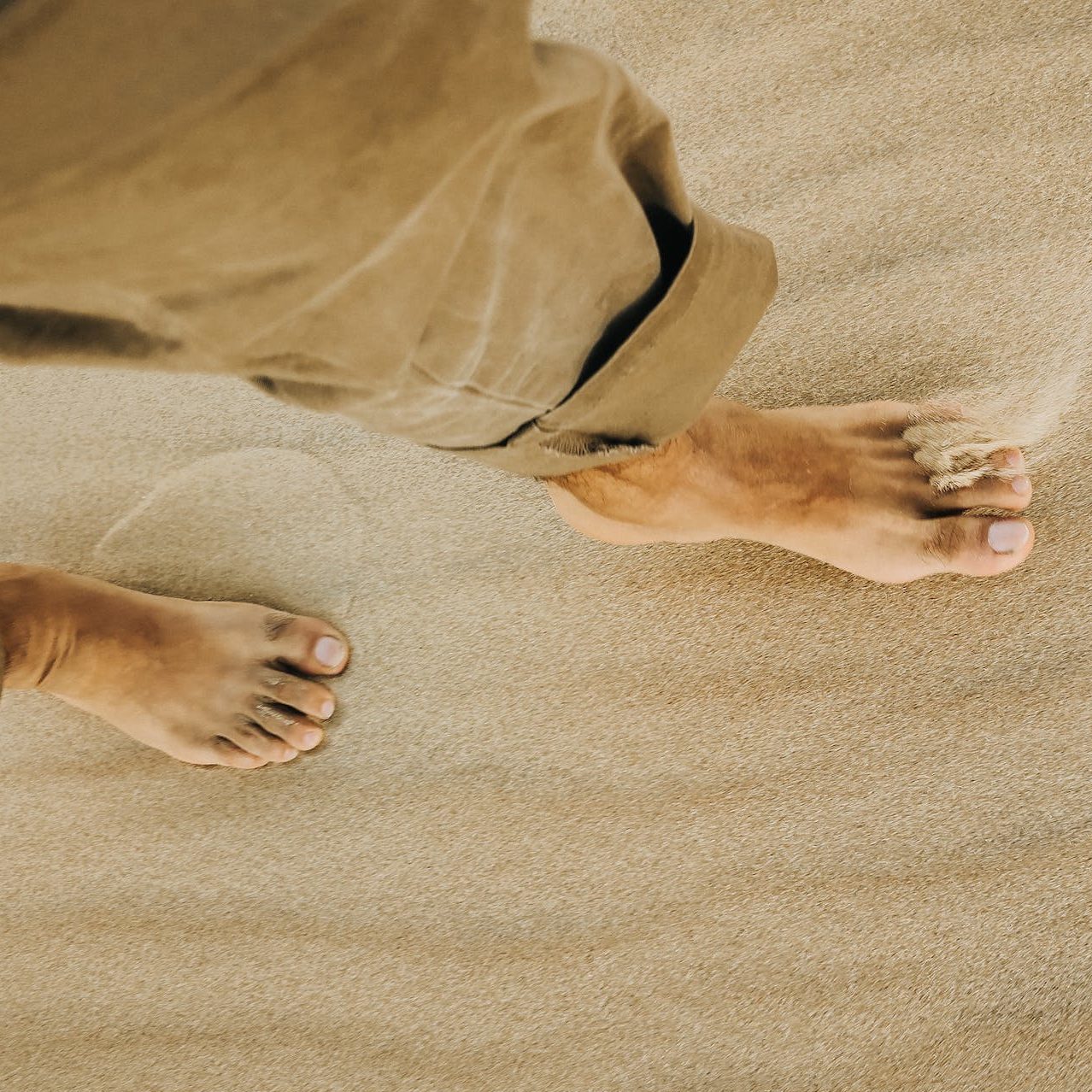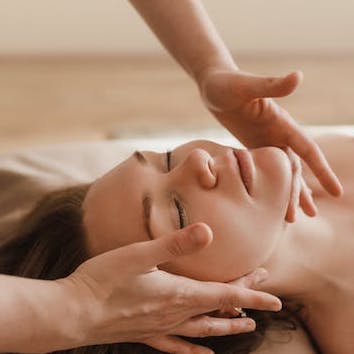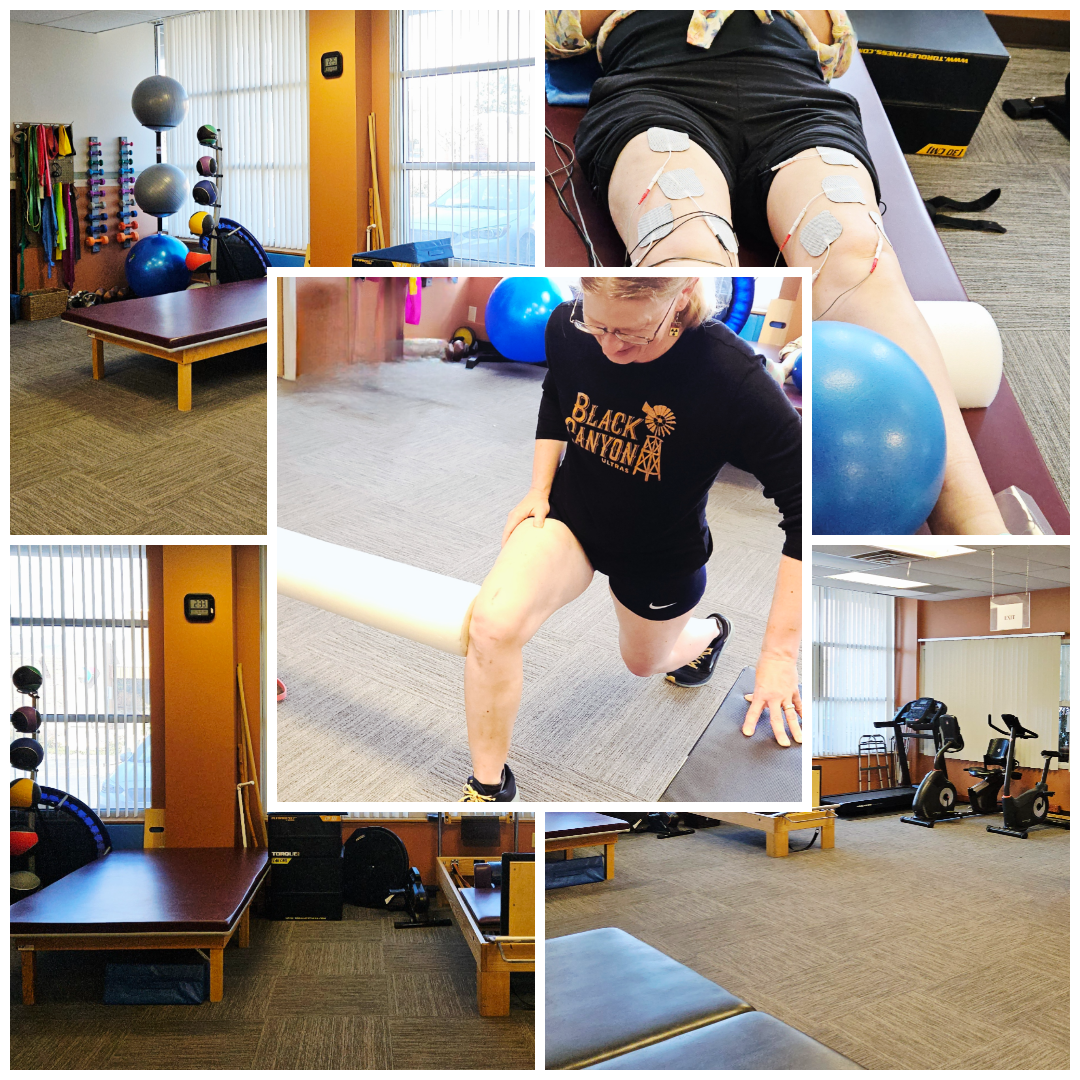
Services
- Orthopedic
- Sports Performance & Rehabilitation
- Functional Strength & Wellness/ Sports-specific Conditioning
- Vestibular Rehabilitation
Orthopedic Therapy
At Physical Therapy Plus, we evaluate and treat a wide variety of musculoskeletal concerns in preparation for or following surgical/nonsurgical procedures.
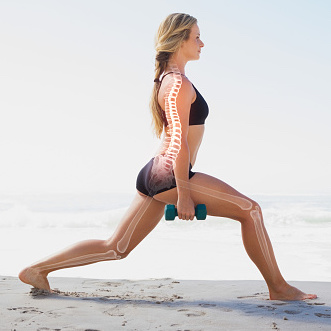
Common Orthopedic Symptoms
- Shoulder/arm pain
- Neck pain
- Back pain
- Sciatica
- Spinal stenosis
- Sacroiliac (SI) joint concerns
- Hip pain
- Knee pain
- Ankle pain
How We Help
Many orthopedic concerns can be successfully treated with the conservative approach of a trained therapist’s eye and skilled hands. Before considering surgery, consider Physical Therapy Plus!
Manual Therapy
Our therapists skillfully apply manual techniques to encourage fascial release, soft tissue health and joint mobility.
Joint Mobilization
We guide you to access the affected joint’s capacity to move in a healthy range to restore full functionality and ease of movement.
Individualized Treatment Plans
We develop individualized treatment plans designed to improve your range of motion and strength through safe and effective progressions.
Movement Re-education & Home Exercise Plans
Treatment doesn’t stop when you session ends! Our therapists work with you to establish functional patterns through education and homework.
Sports Performance & Rehabilitation
Whether you’re a competitive athlete or simply someone who loves to move, our sports rehab services are designed to help you perform at your peak and recover when things go wrong.
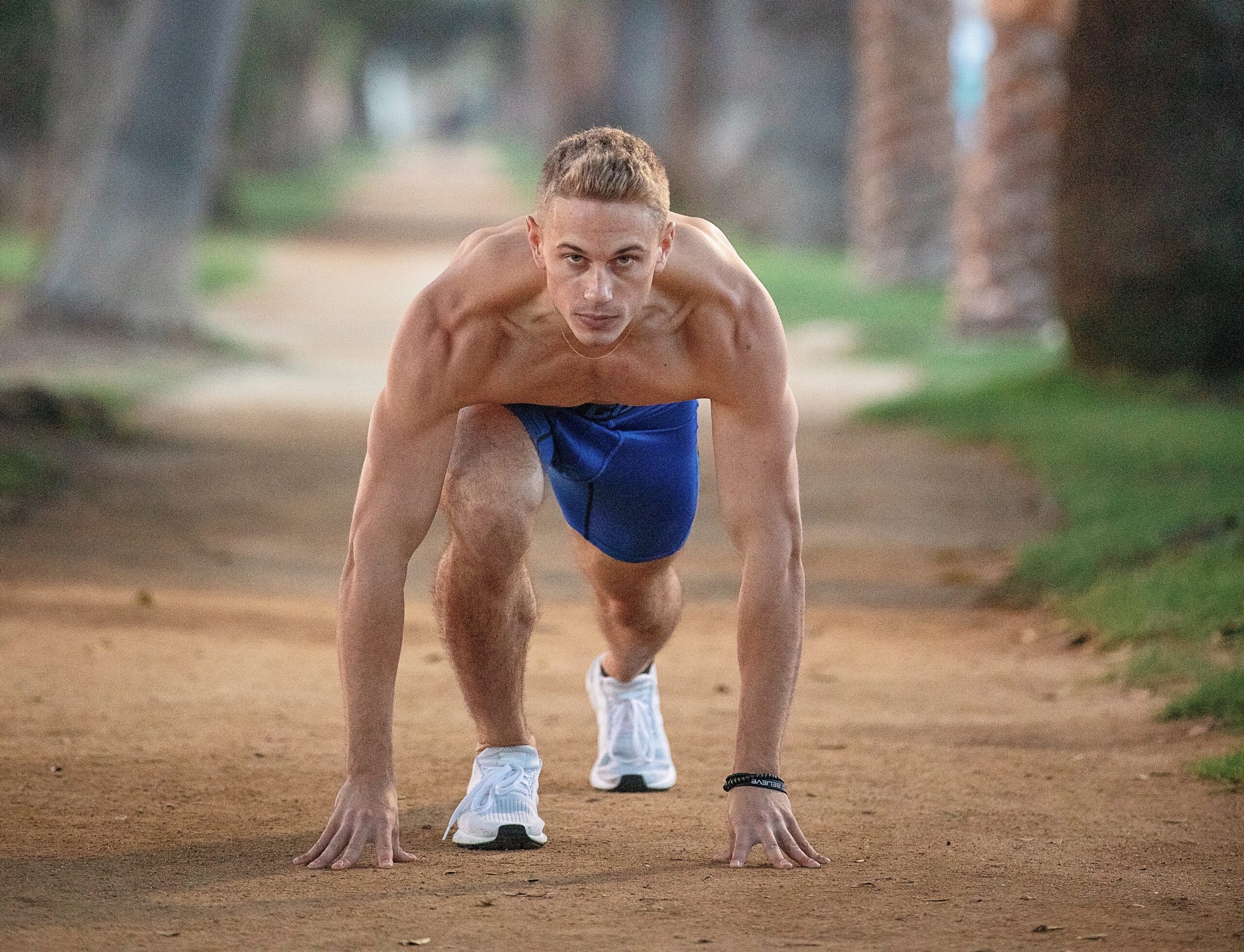
Common Issues We Treat
- Sprains, strains, and overuse injuries
- Tendonitis and tendonosis
- Muscle imbalances or joint instability
- Post-surgical recovery (ACL, rotator cuff, etc.)
- Concussions and return-to-sport protocols
- Chronic pain or recurring injuries
- Performance plateaus or movement inefficiencies
How We Help
Neubie
Targeted electrical stimulation that accelerates healing, restores neuromuscular control, and enhances performance. Learn more
Manual Therapy
Hands-on therapy and joint mobilization to reduce pain, improve mobility, and restore function.
Retraining
Movement re-education and biomechanical analysis to correct patterns and prevent future injury.
Strengthening
Sport-specific exercises to build power, stability, and resilience in real-world movement.
Testing
Return-to-sport protocols to ensure safe, confident, and complete recovery.
Prevention
Proactive programming to optimize performance and minimize risk of re-injury.
Functional Strength & Wellness
A fully customized program designed to keep you active, strong, and pain-free, long after rehab ends.

Our physical therapists combine advanced training with a deep commitment to personal connection. We take the time to understand your body, your goals, and what drives you so we can create a plan that truly works for you.
Your Personalized Plan may Include
Sport-specific Performance Training
Functional Strengthening & Conditioning
Injury Prevention Strategies
Guided Weight Loss Management Support
Nutritional Consultation
Targeted Trigger Point Release Sessions
Balance & Vestibular Rehabilitation
At Physical Therapy Plus, our trained therapists treat vertigo, BPPV (Benign Paroxysmal Positional Vertigo, impaired balance/tendency to fall, and vestibular migraines. We also work with other conditions affecting balance and cognition, such as visual disturbances, dizziness after concussion, cervicogenic dizziness, motion sensitivity and recent head trauma.
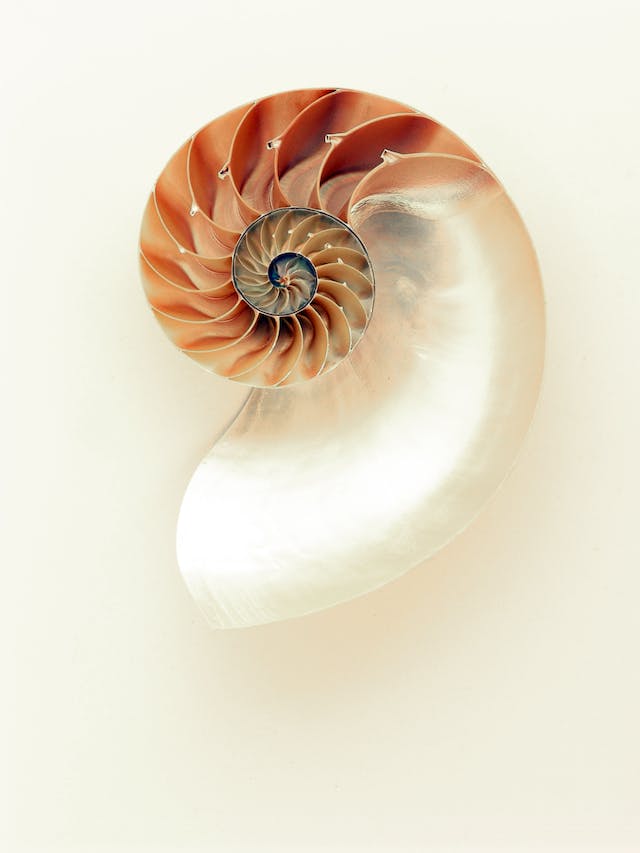
Your Symptoms May Include:
- Spinning sensation with postural changes
- Inability to focus vision
- Dizziness with head and neck movement
- Fear of falling
- Hearing changes
- Ear ringing
- Light sensitivity
- Imbalance
- Motion sensitivity
- Brain fog
How We Help
Retrain
We can retrain the three balance systems, including the inner ear, vision, and awareness of body position.
Epley for BPPV
We can guide you with the Epley manuever for Benign Paroxysmal Positional Vertigo.
Stabilize
We can help you to stabilize gait, reduce fall risk and improve your confidence.
Resolve Pain
We can apply hands-on techniques to resolve neck pain, which may contribute to dizziness.
